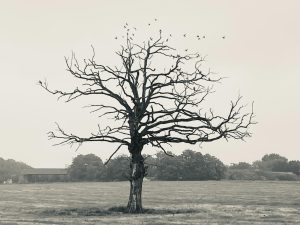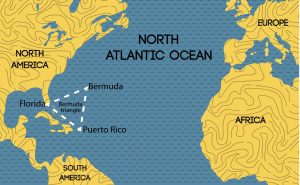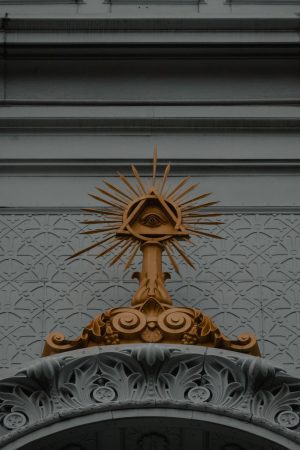ALENA HANSON
Staff Writer
Sculptor John Douglas Powers brought his newest work, “Locus,” to the Piedmont College Mason-Scharfenstein Museum of Art to be exhibited through Dec. 14. A free reception and gallery talk by the artist was held on Thurs., Nov. 5, at the museum.
John Douglas Powers’s lecture provided the audience with his thought process related to the work being shown. The show displays the interaction between motion, sound and physical space. Powers’s theoretical approach to his work has been called the strongest element of this exhibition. His work also involves the study of what two seemingly opposite “things” joining can resolve.
Powers was born in 1978. He is originally from Frankfort, Ind. Powers studied art history at Vanderbilt University and earned his Masters of Fine Arts in sculpture. His figures have been shown nationally at sites including The MIT Museum, The Alexander Brest Museum, The Georgia Museum of Art and The Huntsville Museum of Art. His videos and animations have been screened internationally. Additionally, his work has been featured in The New York Times, The Huffington Post, World Sculpture News and on CBS News Sunday Morning. He currently lives and works in Knoxville, Tenn. He works as an Assistant Professor of Sculpture at The University of Tennessee.
In the way he constructs the work, he creates a fluid wavelike motion that reflects infinitely in its glass casing. Part of the “Locus” collection is an installation piece entitled Ialu. The large kinetic sculpture unites hundreds of golden reeds that are connected to shafts and levers. Ialu originates from the Egyptian sekhet ialu, or “Fields of Reeds,” which is a fitting name for the wheat-looking reeds.
“There’s math that would explain this stuff when you see it in the world,” Powers said on stateofheart.crystalbridges.org. “And, in a simplified version, I’m capturing that essence. But it’s totally fake. It’s a bunch of wood and steel and plastic. Everything’s exposed. There’s something almost deceptive about that. . . it’s so exposed that there’s a trick happening. There’s still magic there, I think, even though you see everything that’s leading to the result.”
There is also a sculpture known as Dying to Rise from the Dead. It is made of aspen, pine and found objects. Found object is described as objects that are not typically considered art, which can be seen through this piece. The last part of the trio can be described as having a “mythical” feeling to it. Omphalos, as the figure is called, consists of marble and feathers.
Powers’s work will remain at the museum until Dec. 14.
















